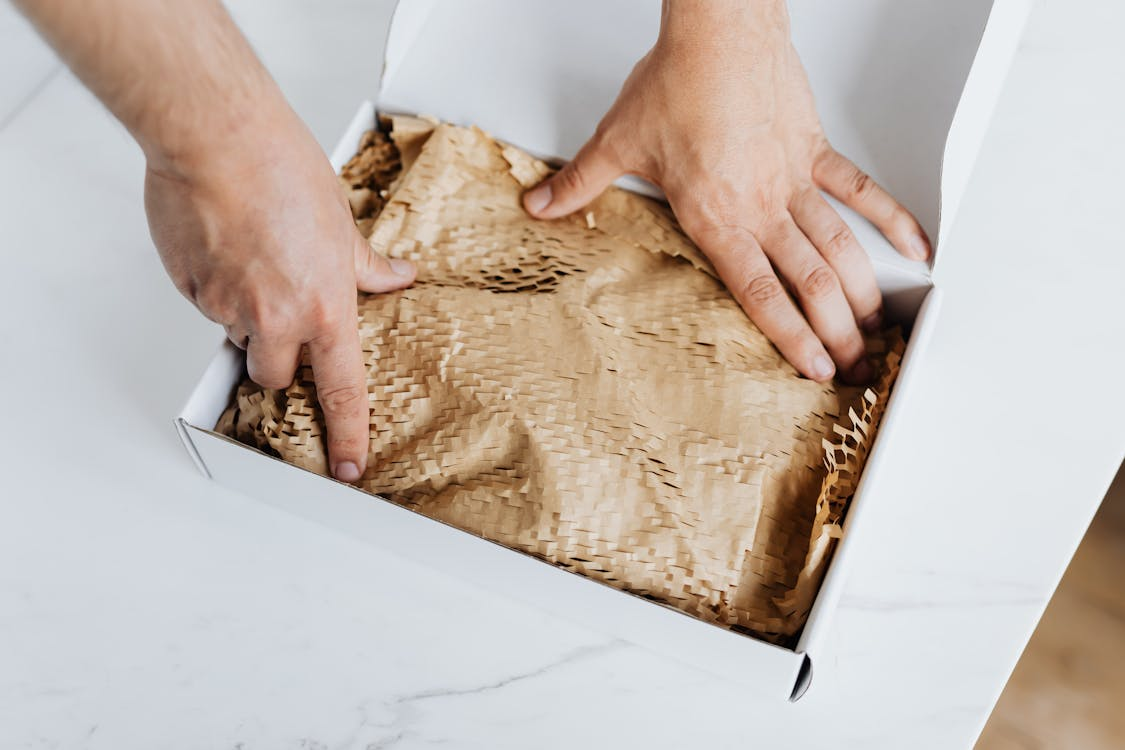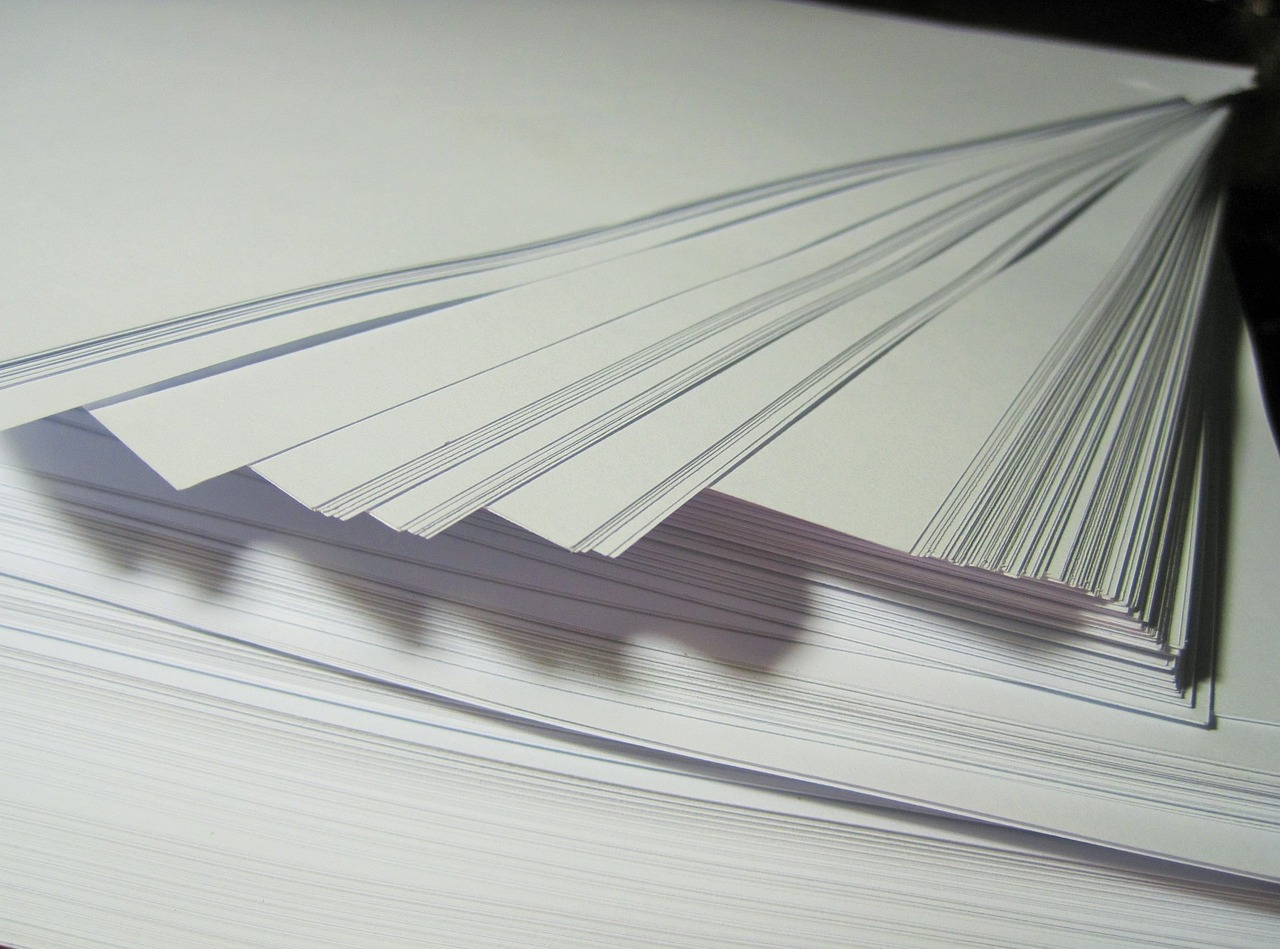How to Prevent Ivory Board from Yellowing

Ivory board, a type of paperboard prized for its smooth surface and adaptability, is a staple in various industries, including packaging, printing, and stationery. Its versatility lends itself to a multitude of applications, from luxury product packaging to high-quality business cards and elegant invitations.
However, one common issue faced by users of ivory board is its tendency to yellow over time, detracting from its aesthetic appeal, perceived quality, and longevity. With extensive experience in the industry, our experts at Dhara Paper are sharing some practical tips and strategies to prevent ivory board yellowing, ensuring that your printed materials retain their pristine appearance for longer durations.
The Causes of Ivory Board Yellowing
Exposure to light, particularly ultraviolet (UV) radiation, is a primary catalyst for yellowing in paperboard. Additionally, environmental factors such as humidity, temperature fluctuations, and air pollution can accelerate the yellowing process.
Poor storage conditions, including prolonged exposure to heat and moisture, can also exacerbate discoloration. Additionally, the presence of lignin and other impurities in the paperboard can accelerate yellowing over time.
How To Prevent Ivory Board Yellowing
Minimize UV Exposure
UV light accelerates the degradation of cellulose fibers, leading to the characteristic yellowing observed over time. To mitigate this, it is imperative to minimize direct exposure of ivory boards to sunlight or sources of UV radiation.
Store paperboard materials in shaded areas or within UV-protective packaging to shield them from harmful radiation.
Additionally, consider incorporating UV-blocking coatings or laminates into the printing process to provide an additional layer of protection against UV-induced degradation. These coatings serve to mitigate the adverse effects of UV exposure while preserving the visual integrity and longevity of printed materials.
Control Temperature and Humidity
Temperature and humidity fluctuations pose significant challenges to the preservation of ivory board quality. High temperatures accelerate chemical reactions and oxidative processes, hastening the yellowing of paperboard materials.
Likewise, elevated humidity levels create a conducive environment for mold growth and accelerate the degradation of cellulose fibers. To address these concerns, it is essential to maintain stable environmental conditions within printing and storage facilities.
Avoid Exposure to Air Pollutants
Air pollutants, such as ozone, sulfur dioxide, and nitrogen oxides, pose significant threats to the longevity of ivory board materials. These pollutants initiate chemical reactions that degrade cellulose fibers and accelerate yellowing processes.
To mitigate this risk, implement proper ventilation systems and filtration mechanisms within printing facilities to minimize the ingress of air pollutants. Additionally, store ivory board materials in sealed containers or protective packaging to shield them from exposure to external pollutants.
Proper Handling and Storage
Handle paperboard materials with clean hands to prevent the transfer of oils, dirt, and other contaminants that can contribute to yellowing. Store ivory boards in acid-free, archival-quality sleeves or boxes to protect them from environmental factors and physical damage.
Avoid stacking heavy objects on top of stored paperboard to prevent deformation and stress on the fibers, which can exacerbate yellowing. Furthermore, store paperboard materials in a cool, dry, and well-ventilated environment to minimize the risk of mold growth and deterioration.
Choose High-Quality Paper Products
Whether you need paper bags, A4 copy papers, thermal rolls, wood-free paper, folio paper, carbonless paper, duplex board, art papers, or other bulk commodity paper supplies, get high-quality paper products from UAE’s top paper supplier — Dhara Paper.
We offer ivory boards manufactured from bleached chemical pulp with minimal lignin content. Lignin, a natural component of wood fiber, is prone to oxidation and degradation, leading to yellowing over time.
Low-lignin paperboard exhibits enhanced resistance to yellowing and maintains its brightness and color stability over extended periods. Additionally, all our paper products comply with relevant industry standards for archival quality and longevity.
Call now to discuss the finishes, qualities, and sizes of paper products you require for your home or office. Or request a sample from our paper manufacturing company to experience how our high-quality ivory board helps ensure your printed materials maintain their pristine appearance and quality over time, enhancing brand image and customer satisfaction.


